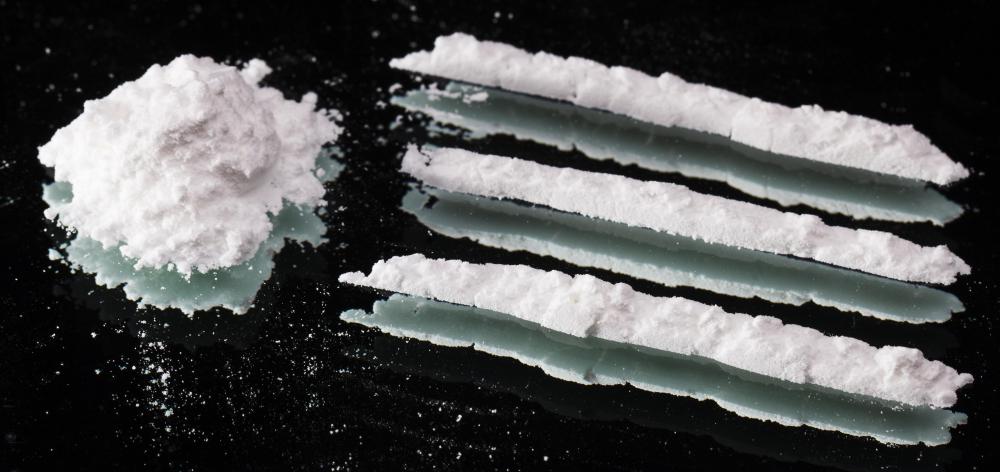At WiseGEEK, we're committed to delivering accurate, trustworthy information. Our expert-authored content is rigorously fact-checked and sourced from credible authorities. Discover how we uphold the highest standards in providing you with reliable knowledge.
What is Mediastinal Emphysema?
Pneumomediastinum or mediastinal emphysema is a rare condition that occurs when air gets into the mediastinum, which is the area between the lungs. It can happen as a result of physical trauma to the chest cavity or as a spontaneous occurrence. The treatment varies depending upon the patient.
Small ruptures in the alveoli, which are minuscule air sacs inside the lungs that absorb oxygen and release carbon dioxide, can cause mediastinal emphysema. Air escapes from the alveoli and enters the mediastinum. The trapped air sometimes travels to surrounding areas such as the peritoneal cavity or pericardium.

People who use recreational drugs such as cocaine or who regularly inhale paint, glue or other chemical fumes are at risk of developing mediastinal emphysema. Women sometimes get air in the mediastinum from bearing down on the abdominal area when giving birth. Sometimes patients who undergo chest surgery, who require a breathing tube or who are on ventilators suffer from the disorder.
Approximately 10 percent of people who experience blunt physical trauma to the chest develop pneumomediastinum. Individuals who suffer from torn windpipes, ruptured bowels or a perforated esophagus also are susceptible. Other causes of mediastinal emphysema include asthma; excessive vomiting, coughing or sneezing; or dramatic shifts in altitude or atmospheric pressure.
People between the ages of 20 and 40 are at the highest risk of developing mediastinal emphysema, mainly because they are more likely to engage in activities such as scuba diving or weightlifting that place pressure on the chest. Males are more likely to develop the condition than females. People who suffer from asthma attacks are also at risk.
Many people do not demonstrate symptoms. Some patients experience mild to severe pain in the chest, arms or neck, and individuals occasionally have problems breathing or swallowing. Others complain of throat pain, jaw pain or fever.
A doctor can diagnose the condition by performing an x-ray or computed tomography (CT) scan to look for air inside the chest cavity. He or she also might be able to feel small pockets of air in the chest when performing a physical checkup. The doctor will ask the patient questions about his or her medical history, physical activities, history of drug use or recent chest trauma.
Mediastinal emphysema doesn't usually require treatment in itself. The air gradually reabsorbs into the body. Patients who suffer from other conditions that cause mediastinal emphysema, such as esophageal damage or a ruptured bowel, will need surgery to correct the problem.
AS FEATURED ON:
AS FEATURED ON:











Discuss this Article
Post your comments